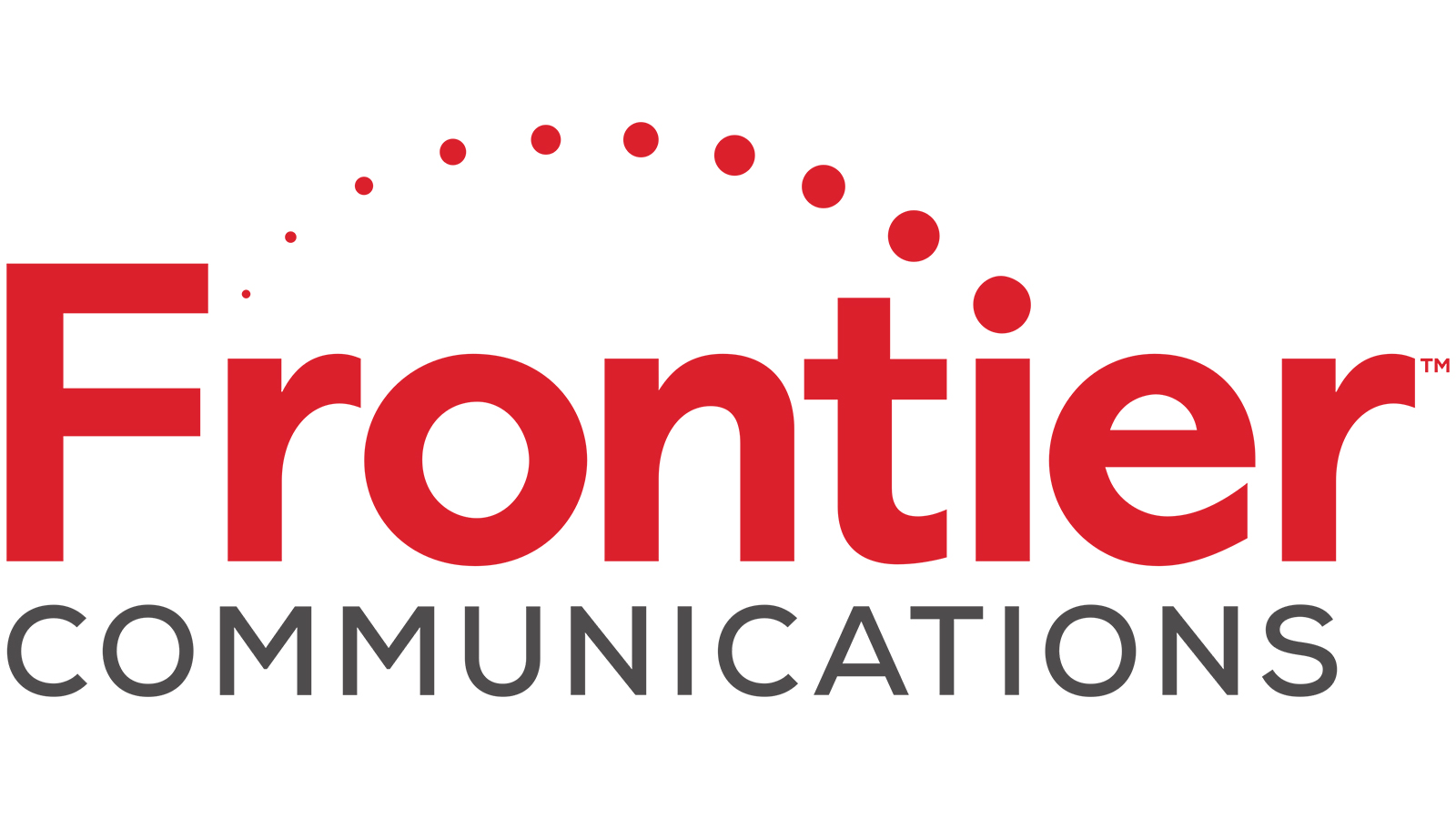Frontier Maps Out Restructuring Plan
Frontier Communications is expected to file for Chapter 11 bankruptcy protection within the next two weeks, part of a sweeping restructuring plan that would include swapping about $11.7 billion in debt for equity, as well as possibly selling off some assets.

According to a 10-K annual report filing with the Securities and Exchange Commission on March 31, Frontier said it has been in discussions with its bondholders since January. Frontier had been expected to file for Chapter 11 protection for months. Last month it said it would exercise its right to defer about $322 million in interest payment on its debt for 60 days, a move that many saw as a precursor to a prepackaged Chapter 11 filing. In its 10-K, the company said it would defer a $6.8 million interest payment due on April 1 as it continues to negotiate with bondholders over the restructuring.
Frontier still needs its bondholders to sign off on the plan, so there is no guarantee that the proposal will be approved. But the company did say in the documents that a Chapter 11 filing could commence "no later than April 14."
Frontier outlined a presentation it gave to bondholders in SEC filings regarding that restructuring, blaming its past problems on a serious under investment in fiber infrastructure and an inability to capitalize on the fiber assets it had.
According to the filings, Frontier’s broadband service is available to about 14 million homes, but only 3 million of those residences are passed with fiber. According to the filing, most of Frontier's broadband customers have low-speed digital subscriber line service (DSL). About 30% of its customers have service with download speeds of 0-12 megabits per second; 35% have download speeds of 13-24 Mbps and only 6% have download speeds of 24 Mbps or higher. The company has managed to survive mainly because in many of its markets it is the only provider.
Frontier admits that it has not invested in fiber over the years. And it believes that if its restructuring plan is approved, it would have the necessary capital to build out its network. But even then it said it would only invest about $1.4 billion -- part of that possibly coming from the FCC’s Rural Digital Opportunity Fund -- through 2024.
Frontier’s biggest problem is its debt, currently at about $17.5 billion, accumulated through a series of now questionable acquisitions over the past few years, mainly its $10.5 billion purchase of Fios assets in California, Florida and Texas in 2016. Those obligations have prevented the company from investing adequately in its network and as subscribers continue to defect from its broadband services, its financials have faltered.
Multichannel Newsletter
The smarter way to stay on top of the multichannel video marketplace. Sign up below.
Revenue has been on a steady decline over the past few years -- $9.1 billions in 2017 to $8.1 billion in 2019 -- and is expected to fall further in 2020. Net losses have tripled in the same time frame, from $1.8 billion in 2017 to $5.9 billion in 2019.
By increasing its emphasis on fiber, Han and the rest of the Frontier team believe they can begin to reverse the company's history of declines, but it will take time. According to the SEC filings, Frontier doesn’t expected to turn a profit
Current Frontier stockholders would likely be left in the lurch in a Chapter 11 filing -- in most of those cases, current equity is valued at 0 and retired and replaced with shares in a new entity.
Frontier hired former Dish Network chief operating officer Bernie Han as its CEO in December, and he has been working hard to hammer out a deal with bondholders. According to the SEC filings, Frontier believes with its debt problems out of the way and a new focus on fiber, it can grow revenue and cash flow over time.
But it wouldn’t be immediate. According to the restructuring plan, Frontier revenue would decline over the next four years -- from about $7 billion in 2020 to about $5 billion in 2024 -- as it shifts from a legacy copper-based business to a fiber-centric operation. But by 2024, when fiber accounts for 47% of revenue (it’s at about 34% now), it will have a customer base that is more profitable. By Frontier’s estimates, fiber cash flow will grow at a 6.1% clip from 2019 to 2024, and at a 10.2% rate between 2024 and 2031. Cash flow at the legacy copper business is expected to decline from about $2.2 billion in 2019 to $900 million by 2031.
